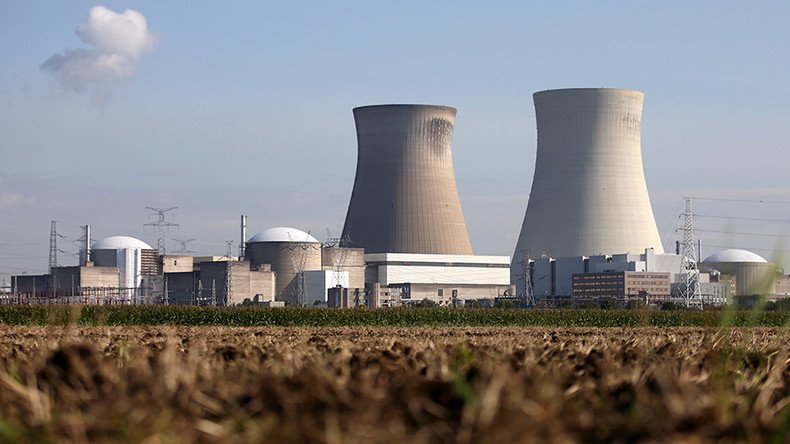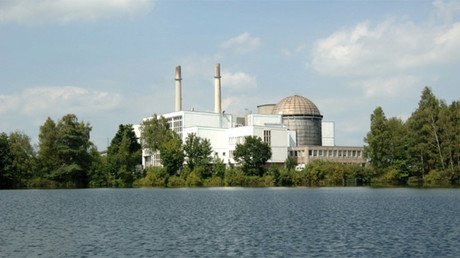30 EU cities join forces against 2 old Belgian nuclear reactors, go to European court

For the first time in history, 30 major cities in three EU countries have come together to shut down two old Belgian nuclear reactors situated near the borders of all three states.
About 60 percent of Belgium's energy comes from seven nuclear reactors located in the Tihange 2 and Doel 3 plants. Among them are the two in question. Both reopened in December, after 21-month repairs, but Doel went offline again a week later.
Both have faced a number of issues over their four-decade lifespan, and continue to do so. Micro-cracks, fire, even sabotage, have taken place. None of this feels very safe to Germany, Luxembourg and the Netherlands, whose borders the reactors straddle; some cracks are reportedly up to 18cm long.
The alliance between Cologne and Dusseldorf, Luxembourg City and Maastricht in the Netherlands are filing two separate lawsuits – one of which they’re co-funding to shut the Tihange 2 reactor, the other a European commission request for a separate case at the European court of justice, aimed at shutting down Doel 3, located on the Dutch border.
“More than 30 districts have adopted resolutions to support us, and want to join the lawsuit,” mayor of Germany’s Greater Aachen region and leader of the campaign, Helmut Echtenberg, told The Guardian.
Echtenberg is a member of Angela Merkel’s CDU who was driven to his current role by essentially popular anger over the reactors.
Doel is located about 40 miles downwind from Aachen. And according to Echtenberg, the plant is causing enough anxiety that business is beginning to suffer. Nor do people wish to move anywhere near the thing, so the real estate sector could soon be feeling it too. Evidence of this fear is all over local media and is felt in the air.
“The risk of a nuclear accident is not very high but if it happened, the damage would be extreme,” bookstore owner Hartmut Falter, in Aachen, told the British newspaper. “Unfortunately, nuclear dangers do not stop at the frontier.”
Echtenberg doesn’t know if the lawsuits will be successful, but says that influencing the Belgian government will depend on a unified front, together with various NGOs and government structures.
The Fukushima disaster raised a wave of anti-nuclear sentiment, including in Germany, where Chancellor Angel Merkel’s government is defending against three of the country’s biggest energy companies at the Constitutional Court. Merkel's nuclear phase-out program has caused them billions in losses, which they now seek as compensation. Five years ago Merkel ordered all nuclear energy gone by 2022. And unlike Tihange and Doel, those were all much more modern plants.
Similar complaints to current ones have been leveled at France by Germany and Switzerland last week, forcing it to shut down its oldest reactor.
According to plant operator Electrabel’s spokesperson Anne-Sophie Huge: “In the 1980’s the tests were internationally acceptable but the technology has evolved since then. There are no reasons to be afraid. Our power plants are some of the most safe and secure nuclear power plants in Europe.”
This doesn’t fly with nuclear specialists, who talk of an ultrasonic technique to test for cracks, which was available all that time ago, and would definitely have spotted the cracks. Which means the damage is recent.
“It is not comprehensible that a less sensitive ultrasonic technique should not detect large flaws,” Ilse Tweer, a former advisor to the Austrian government, said.
But Electrabel project director Jean van Vyve countered this by saying that the severity of some of the flaws would not have been apparent when tested by less sensitive technology, so the cracks would seem “perfectly acceptable.” He also says that any test results from 40 years ago would not have been recorded, as it wasn’t standard practice.













